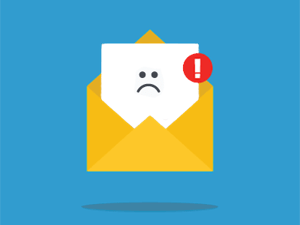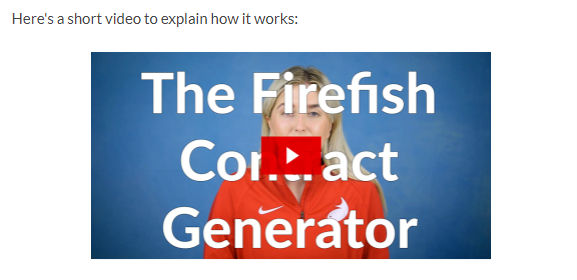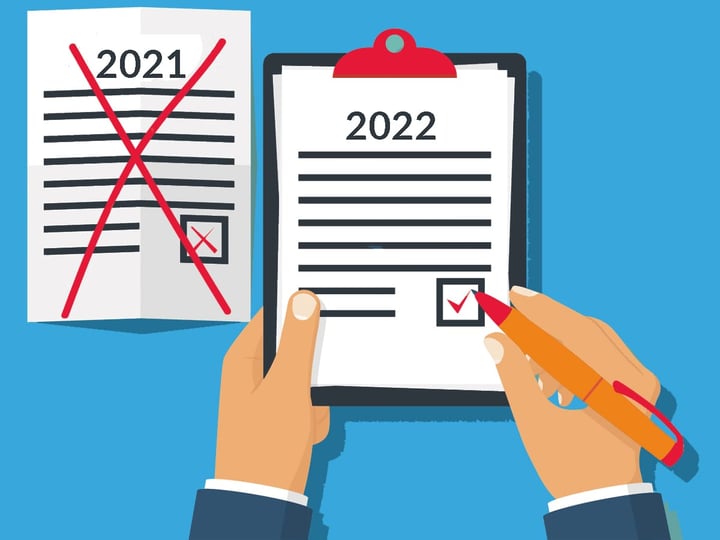Marketing trends are constantly evolving, but no matter what new tactics come into play email marketing remains one of the strongest channels for engaging and converting subscribers.
To reap the benefits of successful recruitment email marketing campaigns, you first need to master the basics! Follow these steps and you'll be on your way to creating better recruitment marketing emails…
1. Target your emails
 Sending job alerts that cover every role you’re working on to all your email subscribers is more likely to increase your unsubscribe rates than get a candidate to click through! The best recruitment email campaigns are laser-targeted to the right candidates.
Sending job alerts that cover every role you’re working on to all your email subscribers is more likely to increase your unsubscribe rates than get a candidate to click through! The best recruitment email campaigns are laser-targeted to the right candidates.
Segment your list by candidate persona and take the time to create hyper-relevant emails that really speak to each candidate group. Spending time tailoring six emails to different candidate groups is more likely to get you a return for your efforts than going for the old spray and pray technique.
2. Write a click-worthy subject line
The subject line is the most important part of any email campaign – its job is to generate curiosity and convince your candidate that valuable information is just a click away.
Subject lines with 61-70 characters get the strongest open rates so keep them short and to the point. Avoid generic subject lines like ‘New Job Alerts’ and keep the text relevant to the individual candidate or candidate group.
Here are some examples:
- Ready for a change? Top 10 new Sales roles in Bristol
- [First name] I have an opportunity I think you’re perfect for
- UK’s fast-growing tech company wants you!
- [First name] I hear you're qualified in marketing analytics
- Do you know how much graduate developers make?
Extra tip: CoSchedule’s subject line analyser is a great tool for sharpening up your subject line writing skills!
3. Add a personal touch
To persuade your candidates you've got something of value especially for them, you need to make your emails feel less generic and more personal.
The good news is, any good CRM or bulk emailing system will have a built-in personalisation tool that can automatically insert a candidate’s name or other captured info into your subject line or email. This is a simple way to give your emails a personal feel (even when they're automated) and increase open rates by 26%.
People like to know they’re talking to other people and not robots, so it’s also good practice to send emails from a familiar sender name and email address like ‘Amy at Firefish’.
4. Keep it short and to the point
 Research shows that emails with around 50-150 words get a strong response rate of 50%. So like your subject line, it's best to keep your emails short and relevant.
Research shows that emails with around 50-150 words get a strong response rate of 50%. So like your subject line, it's best to keep your emails short and relevant.
The goal is to get your candidate to take action, so there’s no point in writing fluffy drawn-out sentences. Plan exactly why you’re sending an email and what actions you need your candidates to take: Do you want them to hit apply? To sign up for a recruitment event? Or to read your latest blog post? Whatever it is, find your focus and stick to it!
5. Stick to your branding
Strong branding can set you aside from your competitors, but it only works if you keep things consistent! Set up email templates that use your brand’s font, colour palette, logo and always write with a consistent tone of voice.
That way your emails will look and feel familiar to your audience – even at a quick glance! Stick to what they already know and love about your brand and they’ll be more likely to engage with your email marketing.
6. Keep spam filters at bay
 Unfortunately, there’s a fine line between writing an ‘engaging’ email and an outright spammy one. Words like ‘cash’, ‘earn’, ‘apply’ ‘bonus’, ‘free’ and ‘reminder’ are associated with phishing emails and can easily trigger spam filters.
Unfortunately, there’s a fine line between writing an ‘engaging’ email and an outright spammy one. Words like ‘cash’, ‘earn’, ‘apply’ ‘bonus’, ‘free’ and ‘reminder’ are associated with phishing emails and can easily trigger spam filters.
Use them unwisely and your email is more likely to land in a junk folder than your candidate’s inbox. To avoid making this marketing mistake, you need to avoid trigger words at all costs. My tip is to bookmark a list of spam filter trigger words and have it to hand whenever you write emails – this way you’ll quickly learn what not to say.
7. Aim for fast loading speeds
Aiming for a fast email loading speed might sound super techy, but it’s a pretty straightforward concept. The loading time of your emails is determined by the email file size: the bigger the file, the slower the load.
To achieve the average loading speed of 2 seconds or less it’s best to limit the number of high-res images, videos and gifs you include.
Here’s a few simple hacks that can help you maintain a fast loading speed…
- Be a minimalist! – Stick to your focus, avoid overcrowding your campaigns with images and bulky paragraphs
- Compress your images – A free image compressor will make the file smaller while still keeping the quality
- Don’t embed autoplay videos into your emails – Use a clickable image that clicks through to the video player like:

8. Choose a mobile-friendly design
55% of emails are read on a mobile device, so if your emails aren’t mobile-friendly, over half of your candidates will have a bad user experience. Mobile-friendly email marketing tools and templates are commonplace these days, so if your emails aren’t optimised for mobile…it could be time to switch providers!
9. Create a clear Call to Action (CTA)
You send emails to drive your candidates to take action and the simplest way to make sure they do this is to include a clear call-to-action (CTA) in every email you send.
Use a bold and attention-grabbing button or image and use actionable language like ‘apply’, ‘click’, ‘join’ or ‘read’ to make it clear what your candidate needs to do next.
Creating a good recruitment email might seem like solving a puzzle, but once you’ve got the best practices under your belt you'll be well on your way to converting more candidates. For more information on how to create successful email marketing campaigns, download the eBook below.
Amy McLaughlin
As Senior Digital Marketer at Firefish, Amy keeps our Firefish customers up to date with the latest news from the Aquarium.




